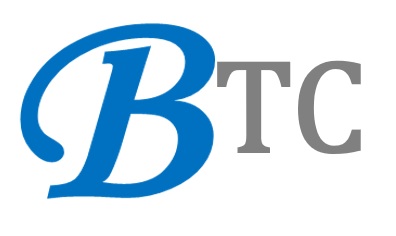
There are a variety of areas to learn about leadership strategies, but one of my favorites is learning from the military forces. They have been around for many years and have constantly had to figure out ways to motivate people. If you look at the army ranks you will see that at each level there’s increased responsibility and recognition that corresponds with each rank. This knowledge allows military personnel to map out their career journeys with efficiency and confidence.
Unfortunately, civilian workers are typically on their own when it comes to creating career roadmaps. Often, their career paths are pieced together by circumstances or happenstance rather than by purpose. As a result, plenty of talented individuals become disenchanted and disengaged with their roles and industries.
According to one CNBC news piece, 47% of Millennials regret the career choices they’ve made. This acknowledgment of professional remorse is mirrored in a recent survey from The Motley Fool. There, 39% of Great Resignation job hoppers said they resigned to try different careers. Many had become so uninspired that they were willing to take pay cuts in exchange for the hope of occupational satisfaction.
These findings indicate how beneficial that career pathing can be to employees. Yet career mapping is equally as valuable to employers. Businesses willing to help their team members in constructing career maps stand to gain a trio of advantages over their competitors.
1. Employees will feel they have a future with the company.
A major reason for turnover among many workers is that they don’t see themselves progressing. Rather, they assume that if they stay with their employer, they’ll remain stagnant or be typecast as only suitable for certain jobs. Consequently, they see no reason to remain, even if they like their company.
Showing team members how they can enhance their resumes without leaving is important for companies worried about attrition. When employees are able to visualize a route to workplace success, they feel more secure. This cools their desire to look elsewhere for employment.
A good place to start approaching individualized career mapping is to set up quarterly manager-worker meetings. These meetings can serve as the primary setting for managers to talk about traditional and non-traditional career paths. Examples of non-traditional ones include horizontal career paths across silos, or a job redesign that affects an employee’s duties, title, or earnings potential.
2. Employees have new short-term and long-term goals to meet.
Day-to-day work life can become tedious and dull. Having a career plan gives employees interesting and important milestones to work toward, possibly boosting engagement. Gallup notes that across-the-board engagement is still holding at 34%, which means two-thirds of workers feel disengaged. Giving disengaged employees a measurable, doable career map can re-energize their passion.
For instance, a worker trying to move laterally into the IT department may look forward to earning a tech certification online. Accordingly, the worker will be motivated by the possibilities ahead, not to mention eager to hit performance expectations.
Companies that formalize the career mapping process often create career map goalposts for all positions. Start with a good employee onboarding checklist and include a career mapping meeting on the list. Workers and their supervisors can determine how to reach the upcoming set of goalposts in the most effective ways.
3. Employees can become the next generation of corporate leaders.
Hiring for executive and C-suite positions has never been a quick or simple process. Companies can wait a while to fill upper-range positions. Every month that goes by without leadership can be a strain on the business and cut into its growth. This is a place where forward-thinking career mapping can play a significant role.
If a company’s leaders are able to identify potential future executives, they can work with those professionals appropriately. They can offer the correct mix of mentoring and training. Not all employees on these types of lengthy promotion tracks will pan out, of course. But using career mapping to inform succession planning can be wise.
As a secondary note, long-haul career mapping can also be a useful way to ensure lasting diversity within the company. Assisting entry-level and mid-career employees from underrepresented backgrounds as they move through the corporation helps achieve DE&I objectives.
The loss of just one high-performing employee can have a widespread effect on a company’s operations, morale, and revenue. With ambitious career mapping in place, employers can position their organizations to improve retention and increase engagement by giving team members the chance to dig deep and aim high.
This post is written by John Hall.
Original post link: https://www.inc.com/john-hall/why-leaders-should-make-sure-every-employee-has-a-career-path.html

